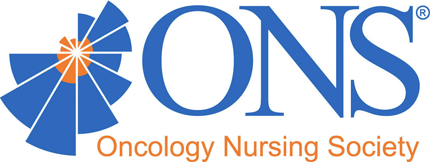The Use of Risk-Management Approaches to Protect Patients With Cancer-Related Pain and Their Healthcare Providers
Purpose/Objectives: To describe the factors that contribute to the risk for undertreatment of cancer pain, as well as the risk factors associated with misuse or abuse of opioid analgesics, and to describe approaches to identify and manage the risks.
Data Sources: Published research, articles from a literature review, and U. S. statistics.
Data Synthesis: Oncology nurses should perform systematic assessments to determine whether patients are at risk for undertreatment of cancer pain or whether they are at risk for abuse or addiction to opioid analgesics. Oncology nurses must develop effective approaches to manage both types of risk. Patient education is a critical component to help patients who are at risk for undertreatment to adhere to analgesic regimens and to experience optimal benefit from medications. For patients who are at risk for abuse or addiction, oncology nurses should perform ongoing screening for behaviors that are predictive of addiction and implement appropriate interventions to reduce risks of abuse.
Conclusions: Oncology clinicians should have a balanced perspective of risk management within the context of cancer pain management.
Implications for Nursing: Clinicians must be cognizant of the fact that a significant risk exists for undertreatment of cancer pain. In addition, oncology nurses should recognize patients who are at risk for abuse or addiction or who are actively abusing opioid analgesics and establish appropriate safeguards for patients with cancer and oncology clinicians.

